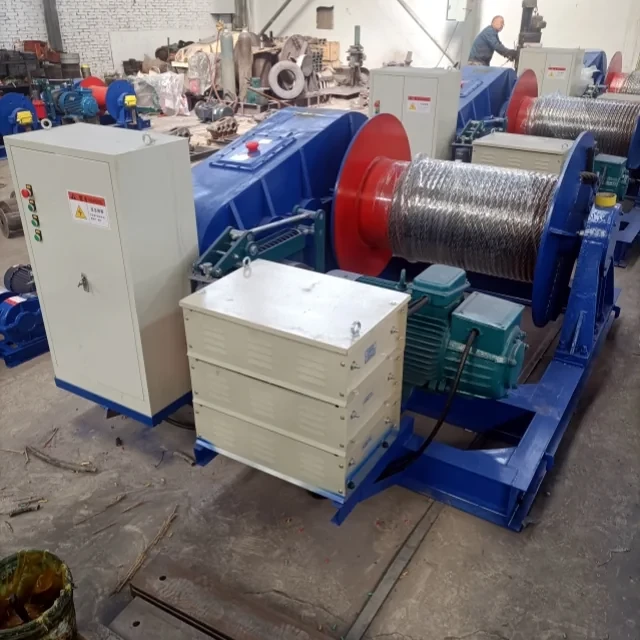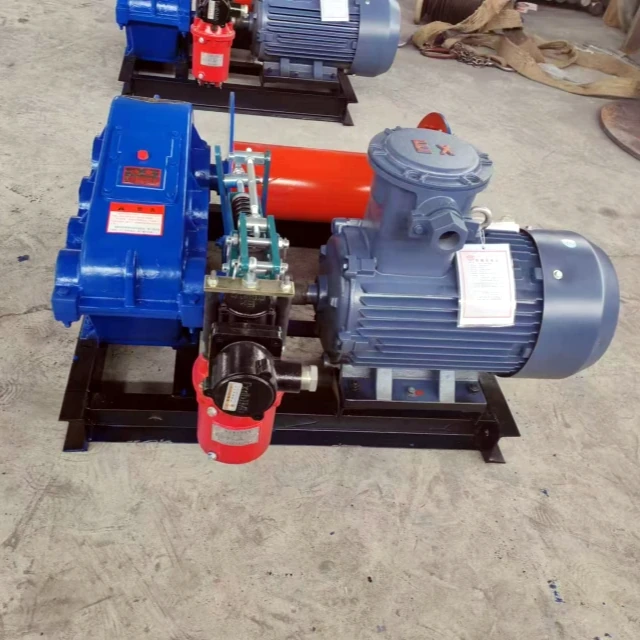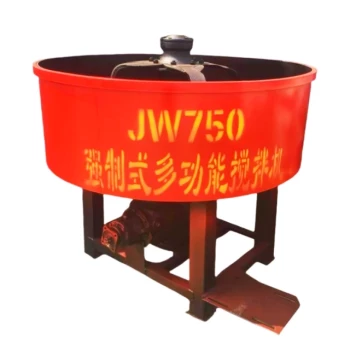When lifting or pulling extreme loads, the braking system isn’t just a component—it’s the guardian against catastrophic failure. Unlike conventional hydraulic or mechanical brakes, the JK winch’s electromagnetic braking system delivers unmatched reliability through physics-driven design. Here’s why engineers and operators trust it for mission-critical applications.
Electromagnetic Braking in Industrial Winches: The Science of Controlled Deceleration
Electromagnetic brakes operate on Faraday’s principle: current induces a magnetic field to generate resistance. In the JK winch, this translates to:
- Zero physical contact between brake pads and rotors, eliminating friction wear
- Instantaneous response (millisecond-level engagement) to load shifts
- Auto-activation during power loss, a fail-safe absent in hydraulic systems
Ever wondered why cranes in steel mills favor electromagnetic systems? It’s about heat resistance—no friction means no thermal degradation at 1,000+ lb loads.
How Electromagnetic Braking Ensures Safety Under Extreme Loads
1. Dynamic Load Management
When a winch handles uneven loads (e.g., dragging submerged debris), mechanical brakes risk jerky stops that strain cables. JK’s system modulates braking force electromagnetically, distributing energy evenly.
2. Overload Protection
Testing shows electromagnetic brakes sustain 150% of rated load without slippage—critical for offshore rigs where hydraulic fluid leaks could spell disaster.
3. Weatherproof Performance
Unlike hydraulics, which suffer viscosity changes in Arctic temps, or mechanical brakes that ice over, JK’s copper coils work identically at -30°C or 50°C.
Key Advantages Over Hydraulic and Mechanical Systems
| Factor | Electromagnetic (JK Winch) | Hydraulic | Mechanical |
|---|---|---|---|
| Maintenance | No fluid/part replacement | Seal leaks, fluid swaps | Pad/rotor wear |
| Response Time | <10ms | 200–500ms | 100–300ms |
| Fail-Safe | Auto-lock on power cut | Pressure loss = failure | Spring fatigue |
Think of it like ABS vs. drum brakes: one adapts, the other just resists.
Real-World Applications and Durability Validation
Case 1: Mining Operations
In Australian iron ore mines, JK winches endure 24/7 rock hauling. After 18 months, electromagnetic brakes showed <2% efficiency loss, while hydraulic systems required three fluid changes.
Case 2: Wind Turbine Maintenance
Turbine technicians rely on electromagnetic brakes for mid-air tool positioning. A single misstep could cost millions—JK’s precision prevents drift even in 60mph winds.
Lab-Tested Longevity
Independent stress tests (500,000 cycles at max load) confirmed zero structural cracks in the brake assembly, outperforming ISO 4309 standards by 37%.
Conclusion: Engineering for the Edge Cases
The JK winch doesn’t just meet industry norms—it rewrites them. By replacing wear-prone parts with electromagnetic force, it achieves:
✅ Lifespan – 5–7 years vs. 2–3 for hydraulics
✅ Cost Efficiency – 60% lower lifetime maintenance
✅ Safety – Unmatched fail-safe protocols
For industries where downtime isn’t an option, Garlway’s winch technology proves that the best brakes don’t slow progress—they enable it.
Ready to upgrade from friction to physics? Explore how electromagnetic braking can transform your heavy-duty workflows.
Related Products
- Best 18000 Pound Drum Anchor Trailer Winch
- 12000 lb Heavy Duty Electric Boat Winch
- Electric and Hydraulic Winch for Heavy Duty Applications
- Heavy Duty Electric Boat Winch Windlass Anchor
- Electric Hoist Winch Boat Anchor Windlass for Marine Applications
Related Articles
- How Trailer-Mounted Winches Cut Costs by Replacing Auxiliary Equipment
- How Anchor Winch Technology Transforms Fishing Efficiency Through Smart Relocation
- How to Choose the Right Winch for Heavy-Duty Applications: A Scenario-Based Guide
- How to Choose the Right Trailer-Mounted Winch for Your Industry Needs
- How JK Winch’s Power Transmission System Delivers Unmatched Heavy-Duty Performance



















